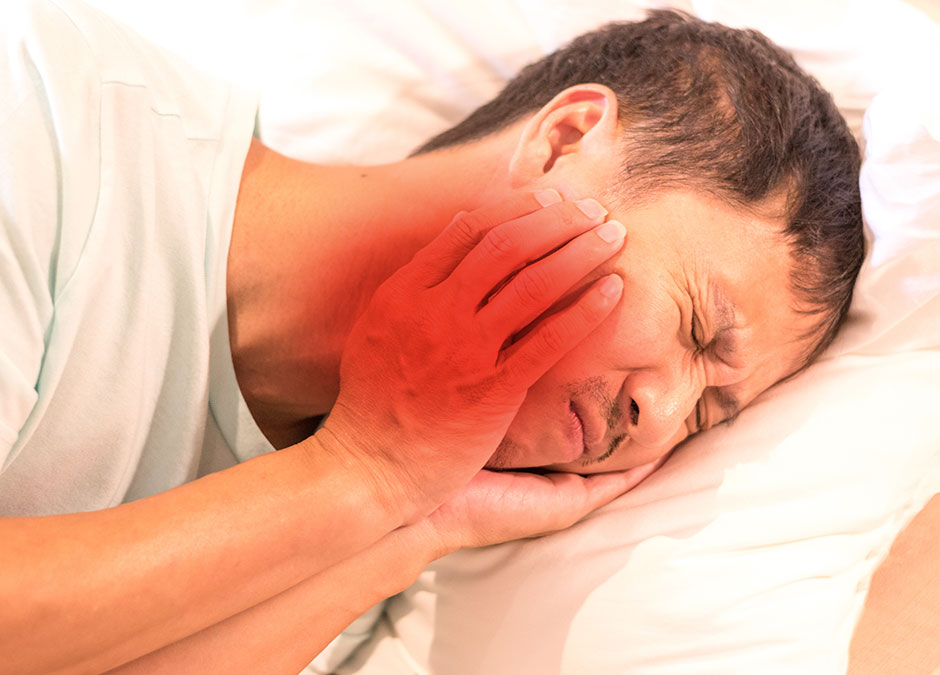What is The Temporomandibular Joint?
This small but important joint is located at the back of the jaw, as a ball and socket hinge. The articular eminence (AE), which sits at the front of the joint, is responsible for the slipping back and forth of the jaw when a person opens and closes their mouth. While it works without issue for most people, those who suffer from TMJ dislocation have a problem with their AE being too low to allow the jaw to slip back into place comfortably. Yet, it is just low enough that the jaw can slip forward. When that happens, TMJ pain occurs and medical assistance can be required to push it back into place.
Symptoms of TMJ Dislocation
It is crucial to note that the TMJ connects a series of nerves that run throughout the face, connecting the face, head and neck. As such, TMJ pain can affect the entire face, including the eyes, nose, mouth, forehead and even some back and neck muscles. While minor discomfort tends to resolve by itself, below are the signs of a more serious TMJ dislocation that requires medical attention:
- Recurring episodes of pain around the same area
- Jaw is locked in an open or closed position
- Orofacial pain in other parts of the face that do not have an obvious cause, such as toothache
- Difficulty chewing
- A clicking sound when the jaw is opened
- Limitation of movement in the jaw
Treatment Options
Many sufferers of TMJ pain turn to over-the-counter medication to manage their pain. While they can be a quick method of relief, the effects are only short-term and may even stop working after some time. Thankfully, there are a whole host of treatment options available today. One of them is cold laser therapy, which makes use of light photons to penetrate the affected area, promoting the healing of tissues, reducing swelling and inflammation and aiding in the regeneration of healthy cells.
Why Choose Head Pain Institute for TMJ Pain Treatment?
When you come to us for TMJ pain treatment at Head Pain Institute, you can be assured that we have a combined experience of more than eight decades behind us. We hold a Diplomate status from the American Board of Orofacial Pain (ABOP) and have successfully performed more than 12,000 procedures to date. State-of-the-art treatment techniques and equipment are utilized to help our patients manage their conditions and give them a chance at a pain-free existence.
If you have any inquiries about our TMJ pain treatments or would like to schedule an appointment, please feel free to contact us.




